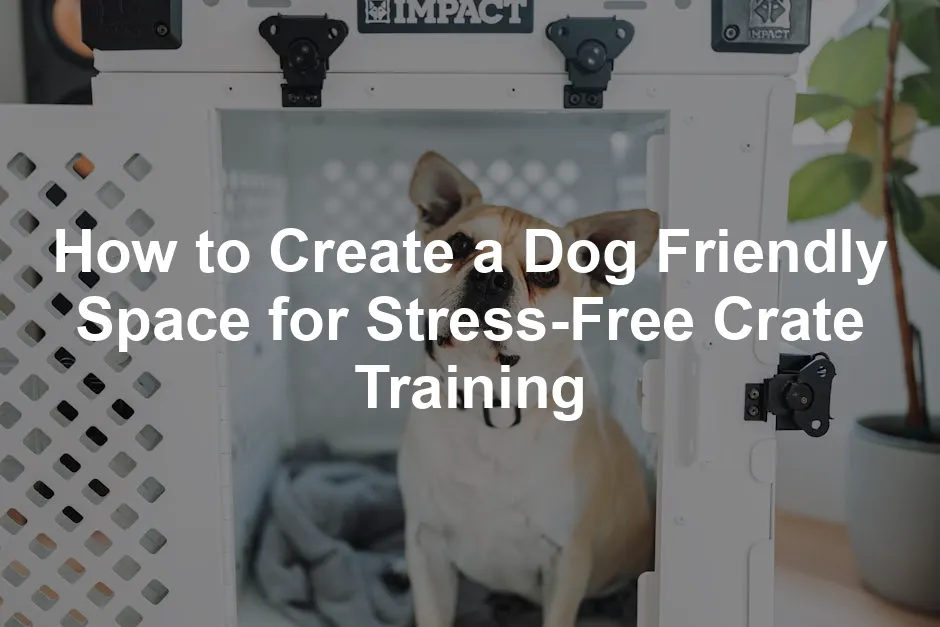Introduction
Crate training can be highly beneficial for both dogs and their owners. It helps your dog feel secure and safe while providing you with peace of mind. The right environment is crucial for making crate training stress-free. This article will guide you on how to create a dog-friendly crate space that promotes comfort and security.
Summary and Overview
Crate training offers many advantages. It provides your dog with a cozy den-like space, enhancing their sense of security. A well-prepared crate environment can reduce anxiety and lead to better behavior. In this article, we’ll cover essential elements for creating a dog-friendly crate space that your pup will love.
Choosing the Right Crate
Selecting the right crate is a vital step in crate training. There are various types to choose from, including wire, plastic, and fabric crates. Each type has its pros and cons, so consider your dog’s needs.
Size matters significantly. Your dog should have enough space to stand, turn around, and lie down comfortably. A cramped crate can lead to stress and anxiety. Statistics show that a properly sized crate contributes to successful training outcomes.
Look for features like ventilation and portability. A crate with secure latches ensures safety and prevents escapes. Easy-to-clean materials are also essential, making your life simpler. Remember, a happy dog is a well-cared-for dog! For a great choice, consider the AmazonBasics Folding Soft Dog Crate. It’s lightweight, portable, and perfect for keeping your pup comfortable.
For those shopping for a crate, check out resources that detail dog crate sizes and types to find what fits your pup best.
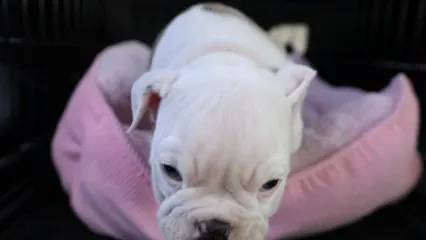
Finding the right crate is essential for successful crate training. Learn more about choosing the best dog crate for your furry friend.
Creating a Cozy Environment
Making your dog’s crate a welcoming space is essential for stress-free crate training. Start by choosing the right bedding. Look for soft, comfortable dog bedding that offers support. A Dog Crate Pad or blanket can provide warmth and comfort.
Next, consider adding toys. Select chew toys that are durable and safe for your dog. These can help keep your pup occupied while in the crate. Why not try the KONG Classic Dog Toy? It’s a great way to keep your dog engaged and entertained.
Familiar scents play a significant role in making your dog feel at ease. Place a piece of your worn clothing inside the crate. Your scent can be very comforting, helping your dog relax.
Position the crate in a quiet area of your home. Avoid placing it in high-traffic zones or near loud noises. A familiar and calm setting encourages your dog to see the crate as a cozy retreat.
Creating a comfortable dog crate can make a big difference in your pet’s training experience. Have you tried any special tricks to set up your dog’s crate? Share your tips or experiences in the comments below!
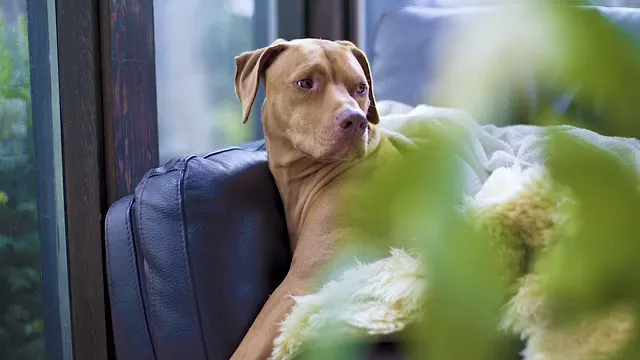
Building Positive Associations
Building a positive relationship between your dog and their crate is vital. Start by using treats to encourage your dog to enter. Toss a few tasty snacks inside the crate, making it an inviting space. The PetSafe Training Treats are perfect for rewarding your pup during crate time!
Feeding your dog meals in the crate can also help. Gradually move their food bowl inside, creating a positive association with their new space. This routine can make the crate feel more familiar and welcoming.
Introduce crate time gradually. Begin with short periods while you’re home. Increase this time slowly, allowing your dog to adjust.
Statistics show that dogs trained with positive reinforcement have higher success rates in becoming comfortable in their crates. This method helps reduce anxiety and builds trust.
Have you had success stories with crate training? Share your experiences in the comments!
Managing Excitement and Whining
Crate training can sometimes lead to excitement and whining. To minimize these issues, focus on maintaining calm energy before and after crating. Your demeanor sets the tone for your dog. If you’re anxious or overly excited, your dog will pick up on that energy, which can heighten their anxiety.
Ignoring whining is crucial. If you let your dog out while they’re vocalizing, it reinforces that behavior. Instead, wait for a moment of silence before opening the crate door. This teaches your dog that quiet behavior gets rewarded.
Establish clear commands to signal crate time. Use phrases like “time for bed” or “crate up” consistently. This helps your dog associate those words with entering the crate. Combining these techniques can help manage dog crate anxiety and lead to a more peaceful experience.
Have you faced challenges with crate training? Share your stories in the comments!
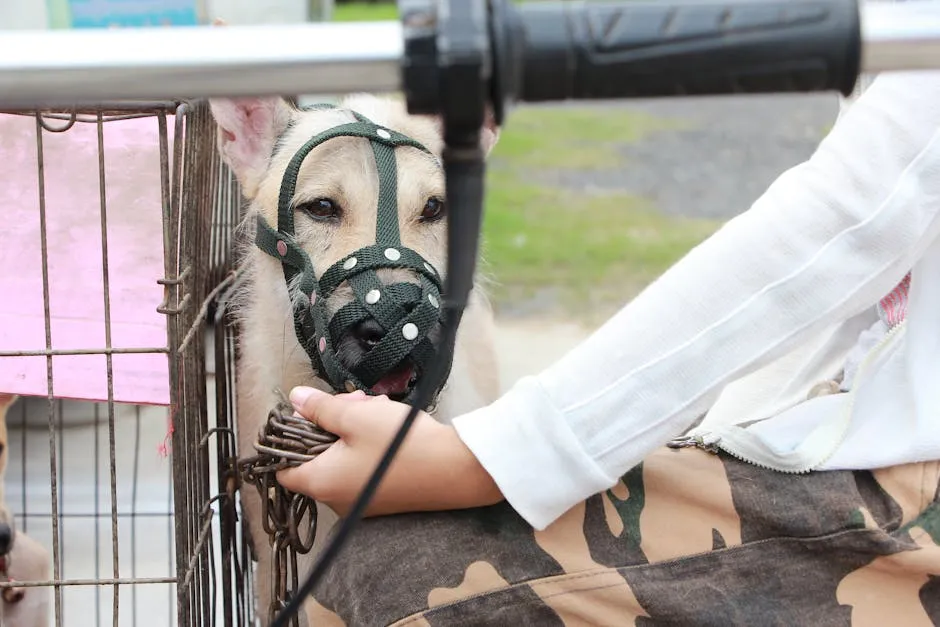
Crate Training Success Tips
Successful crate training is all about preparation and consistency. Start with exercise before crate time. A well-walked dog is more likely to settle down and relax in their crate. This simple step can significantly reduce anxiety. Consider using a Dog Training Clicker to help reinforce good behavior!
Gradually increase the crate duration. Start with short periods and slowly extend them. This gradual approach helps your dog adjust to being crated without feeling overwhelmed.
Consistency is key. Use the same commands and routines for crate time. Dogs thrive on predictability, so establishing a clear routine will make the process smoother.
Want to stay organized? Download our printable checklist for crate training tips and keep track of your progress!
Conclusion
In this article, we covered how to create a dog-friendly space for stress-free crate training. We highlighted the importance of choosing the right crate, making it cozy, and building positive associations. Remember, patience and positive reinforcement are key in this process.
Every dog is unique, and adjusting your approach will help them feel secure. A loving and supportive environment encourages your pup to see the crate as their safe haven. By following these tips, you can create a space that benefits both you and your furry friend. And don’t forget about the Furhaven Pet Dog Bed for ultimate comfort!
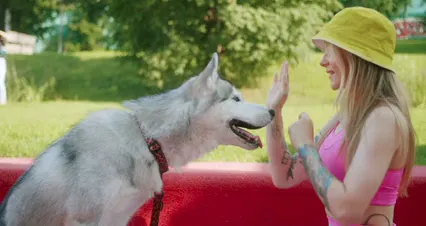
FAQs
What is the best type of crate for my dog?
The best crate depends on your dog’s size and temperament. Wire crates offer good ventilation and visibility. Plastic crates are great for travel, while fabric crates are lightweight but less durable. Ensure the crate size allows your dog to stand, turn, and lie down comfortably.
How can I help my dog feel more comfortable in their crate?
Start with soft bedding and safe toys. Adding familiar scents, like a worn shirt, can provide comfort. Position the crate in a quiet area of your home to help them feel secure.
What should I do if my dog whines or barks in the crate?
Ignore the whining until your dog settles down. Reinforce quiet behavior by letting them out only when calm. Using a command like ‘crate’ can help them understand it’s time to relax.
How long should I leave my dog in the crate?
Crate duration depends on your dog’s age and needs. Puppies can typically hold it for one hour per month of age. Adult dogs can stay crated for 4-6 hours, but always ensure they have exercise and bathroom breaks.
Is crate training suitable for all dogs?
Most dogs can benefit from crate training, but some may struggle with anxiety. Assess your dog’s temperament and consult a trainer if needed. Gradual introduction and positive reinforcement can help make it a positive experience.
Please let us know what you think about our content by leaving a comment down below!
Thank you for reading till here 🙂 And if you’re planning a day out with your furry friend, don’t forget to grab a Dog Travel Bag to keep all their essentials organized!
All images from Pexels

